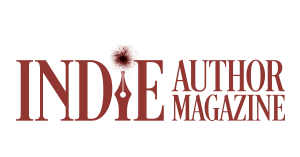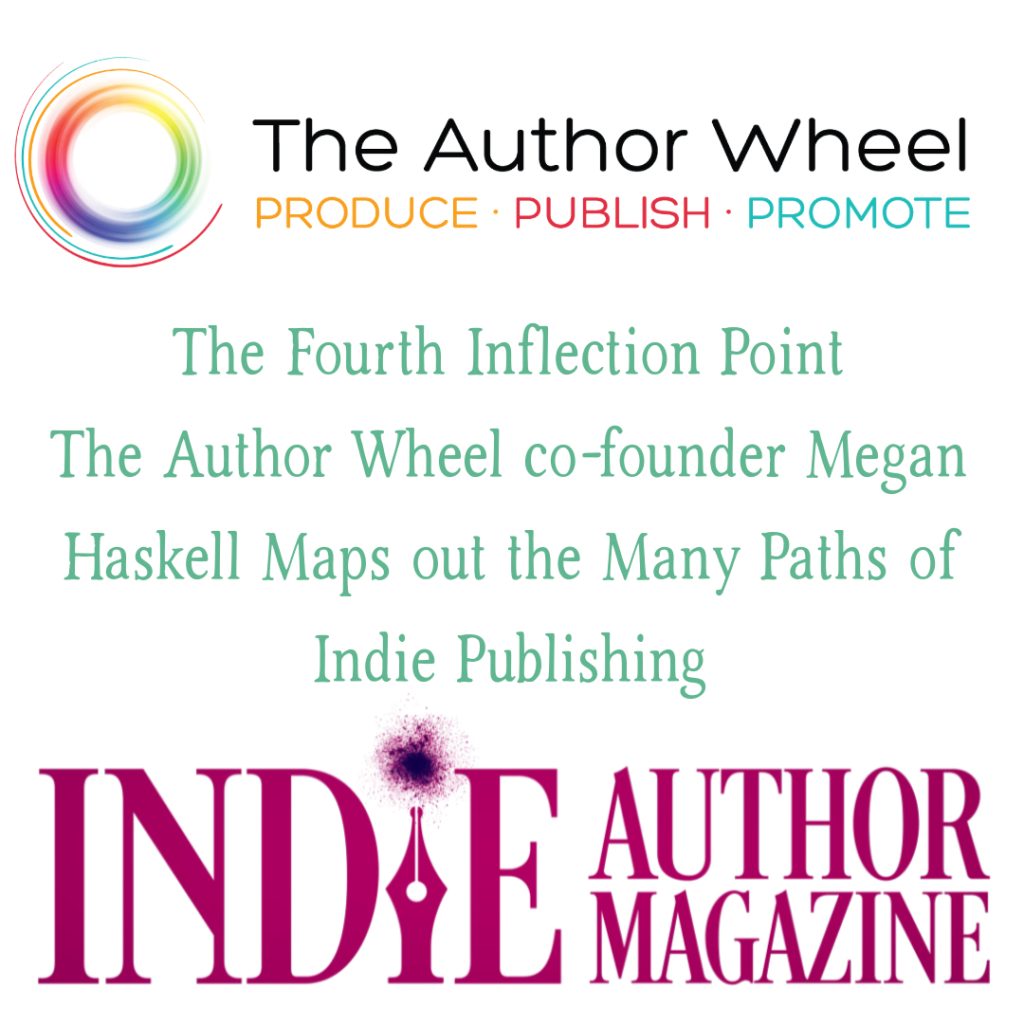The Author Wheel co-founder Megan Haskell Maps out the Many Paths of Indie Publishing
Megan Haskell
The road to indie authorship has changed drastically since it became an option for storytellers looking to make a living with their words. From on-demand printing to crowdfunding special editions, the rise of e-readers to generative AI tools for drafting and marketing, the publishing landscape has evolved rapidly from where it started—and authors today have more options than ever for how to manage their business. In the first of a five-part series, The Author Wheel co-founder Megan Haskell explains where the industry is headed by considering where it’s been—and what the many paths of indie publishing may mean for your career.
***
It’s often said that history is the best teacher. Reflecting on how indie publishing developed can help us anticipate the changes yet to come. In knowing our options, past and present, we can carve our own personal path to success.
Looking at the future of our industry, there are countless new opportunities on the horizon. From direct sales to subscription models and transmedia opportunities, authors are forging their own paths to success based on their personal motivations, skills, and long-term goals. Embracing the craft of storytelling while focusing on human experience, they are finding their niche, and readers love them for it.
But to understand where we are going, it’s important to understand where we’ve been—and what makes this shift different from others we’ve faced before. As we stand on the precipice of change, let’s take a moment to look at our roots.
Traditional Publishing
From the advent of the printing press until the late twentieth century, publishers controlled the market. They had the means and the money to print books and get them into bookstores. It was a rare author who could be successful without following the traditional path of finding an agent who would pitch publishers and, hopefully, secure a contract.
Three major inflection points changed the industry and created the self-publishing landscape we know today.
The First Inflection Point: Print-on-Demand (POD)
In the 1980s and ’90s, new technology arose that could print one book at a time at a relatively low cost. Self-published authors no longer needed to pay thousands of dollars for a print run that may or may not sell nor store thousands of books in their garage.
The challenge lay in getting self-published titles into readers’ hands. Even with the internet on the rise, the infrastructure didn’t yet exist to facilitate online book sales efficiently. Printing had become easier, but distribution remained difficult.
The Second Inflection Point: Amazon’s Kindle Device and Publishing Platform
On November 19, 2007, Amazon released the first Kindle e-reader. Readers could store hundreds, even thousands, of books on a machine that was smaller than a regular paperback. It sold out in five and a half hours. Amazon spent five months trying to catch up with demand.
At the same time, Amazon launched Kindle Direct Publishing (KDP), which allowed authors to upload their digital books to the Kindle store for sale. With POD integrated into the system, indie authors now had a platform to distribute books to readers.
With KDP and POD, there were no up-front costs to publish, no warehouse or storage fees, and essentially no barriers to entry. Anybody could publish a book with a few clicks of their mouse. By 2010, independent authors were finding incredible financial success with e-books. It was a gold rush, and the faster you wrote and published, the more money you’d make.
The Third Inflection Point: A Maturing Market
The Kindle proved there was a market for readers who wanted the convenience of a digital library. KDP proved authors were ready, willing, and able to meet reader demands. Other e-book platforms and devices soon followed.
The market grew crowded.
Reaching readers had become easy. Catching their attention had become hard. Modern-day indie authors not only had to produce quality stories quickly; they had to invest in professional covers and copyediting as well. They became experts at writing book descriptions and ad copy to complement their full-length novels. They acted as their own small press, or they failed.
The Dawn of a New Age
The rapid release model combined with increased marketing demands had a downside: author burnout. Once-prolific writers found themselves unable to maintain the fast pace. A desire to slow down, do less, but do it better began rising through the ranks.
Then came AI. Using Language Learning Models (LLMs) and visual AI programs, some authors have been able to increase their writing speed or decrease time spent on marketing. Others stepped away from the rapid release model to connect with readers between book launches with expanded story worlds, subscriptions, or transmedia projects. Still others have moved into direct sales by managing their own online storefronts, offering readers exclusive products and experiences not available on the traditional retail platforms.
We now face a fourth inflection point.
For authors entering the market today, there’s no longer a single path to publication. There’s no “right way” to become an author. It’s complex and confusing, but with change comes opportunity.
Welcome to the new indie author age.
Megan Haskell

